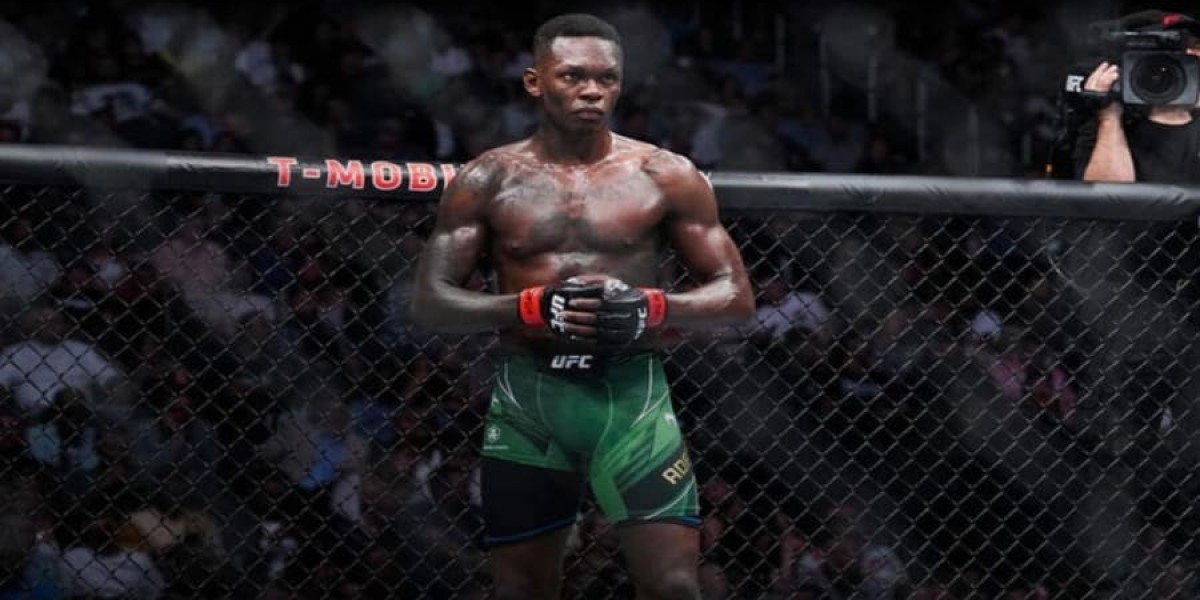Choosing the right TV wall mount involves several considerations to ensure that your TV is securely and aesthetically installed. Here’s a comprehensive guide to help you make the best choice:
1. Determine the Type of Mount
There are several types of TV wall mounts, each offering different features:
- Fixed Mounts: These hold the TV close to the wall, offering a sleek look. They’re ideal for rooms where the viewing angle is fixed and you don’t need to adjust the TV.
- Tilting Mounts: These allow you to tilt the TV up or down. They’re useful for reducing glare from windows and lights, and they provide a better viewing angle if the TV is mounted higher on the wall.
- Full-Motion Mounts: Also known as articulating mounts, these can extend, swivel, and tilt the TV. They offer the most flexibility, allowing you to adjust the TV to various angles and even pull it away from the wall for easier access to cables.
- Ceiling Mounts: If wall mounting isn’t an option, ceiling mounts can be used. They’re less common but can be a good solution in certain setups.
2. Check TV Size and Weight
The first step in choosing a wall mount is to ensure it’s compatible with your TV’s size and weight. Wall mounts have specific weight limits and VESA (Video Electronics Standards Association) patterns that need to match your TV’s specifications.
- Size: Most mounts are designed to fit a range of TV sizes. Check the mount’s specifications to ensure it supports your TV’s screen size.
- Weight: TVs come in different weights depending on their size and design. Verify the mount’s weight capacity to ensure it can support your TV.
- VESA Pattern: This is the distance between the mounting holes on the back of your TV, measured horizontally and vertically. Mounts come with adjustable arms to fit different VESA patterns.
3. Consider Wall Material
The type of wall you’re mounting the TV on affects the installation process and mount choice:
- Wood Stud Walls: These are the easiest to work with for mounting. Use a stud finder to locate the studs and ensure you use the proper anchors or screws.
- Concrete or Brick Walls: For these, you’ll need special anchors and drills designed for masonry. Ensure the mount is compatible with these types of walls.
- Drywall: If mounting on drywall without studs, use heavy-duty wall anchors. However, for a more secure installation, it’s better to locate and use the studs behind the drywall.
4. Assess Viewing Angle and Height
The mount should allow you to position the TV at an optimal height and angle for comfortable viewing:
- Height: Mount the TV at eye level when seated to avoid neck strain. This generally means the center of the screen should be at eye level.
- Angle: Consider a tilting or full-motion mount if you need to adjust the angle based on seating arrangements or to avoid glare.
5. Check Cable Management
Some mounts come with built-in cable management systems that help keep cables organized and hidden. If you prefer a clean look, choose a mount with this feature or plan for external cable management solutions.
6. Evaluate Installation Complexity
Installing a TV wall mount can vary in complexity:
- DIY vs. Professional Installation: If you’re confident in your DIY skills and have the right tools, you can install the mount yourself. Otherwise, hiring a professional ensures proper installation and safety.
- Instructions and Tools: Review the installation instructions and make sure you have all the necessary tools before starting.
7. Consider Additional Features
Some mounts offer extra features that might be useful:
- Integrated Level: A built-in level ensures the TV is mounted straight.
- Locking Mechanism: This feature secures the TV in place, preventing it from being accidentally moved.
- Tilt and Swivel Adjustments: If you need flexibility in viewing angles, look for mounts with these adjustments.
8. Budget and Brand
TV wall mounts come in a range of prices, so consider your budget:
- Budget: Determine how much you’re willing to spend. Generally, fixed mounts are the most affordable, while full-motion mounts are more expensive.
- Brand and Reviews: Choose reputable brands and read reviews to ensure you’re getting a reliable product. Quality mounts from well-known brands are often more durable and easier to install.
9. Safety Considerations
Ensure that the mount you choose is safe and reliable:
- Load Testing: Ensure the mount can handle the weight of your TV. Overloading a mount can lead to accidents.
- Proper Installation: Follow all installation instructions carefully and ensure that all screws and anchors are secure.
10. Future Proofing
Consider if you might upgrade your TV in the future:
- Adjustability: If you plan to upgrade to a larger TV, choose a mount with adjustable features or one that supports a range of TV sizes.
- Compatibility: Some mounts offer flexibility in VESA patterns, accommodating various TV sizes and models.
By carefully considering these factors, you can choose the right TV wall mount that suits your needs and ensures a secure, aesthetically pleasing installation.
Can any TV be wall-mounted?
Most TVs can be wall-mounted, but there are some factors to consider to ensure a successful installation:
- VESA Compatibility: The key to wall-mounting a TV is its VESA (Video Electronics Standards Association) pattern. This is a standardized pattern of mounting holes on the back of the TV. Most modern TVs adhere to VESA standards, but it's essential to check the TV’s specifications and match them with the wall mount’s VESA compatibility.
- Weight and Size: TVs come in various sizes and weights. Wall mounts are designed to support specific weight ranges, so you need to ensure the mount you choose can handle your TV’s weight. Also, the mount should be compatible with the TV’s size for proper support and safety.
- Wall Type: The type of wall you’re mounting the TV on matters. For drywall, it's crucial to mount the TV onto studs or use appropriate anchors. For concrete or brick walls, you’ll need specialized anchors and tools. Ensure that the wall can support the weight of the TV and the mount.
- TV Design: Some TVs have unconventional designs or features that may affect wall mounting. For example, TVs with rear ports or speakers might need special mounts or adjustments. Check if the TV's design allows for easy mounting and access to cables.
- Professional Installation: If you’re unsure about the mounting process or your TV’s compatibility, hiring a professional installer can ensure a safe and secure setup.
In summary, while most TVs can be wall-mounted, confirming VESA compatibility, weight limits, wall type, and TV design will ensure a successful and safe installation.







